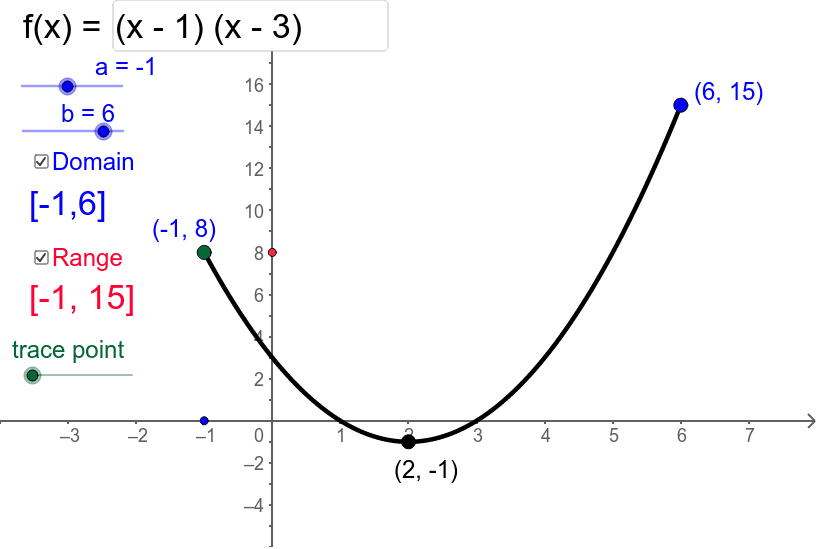
This function is not definedįor x is negative 9, negative 8, all the way down or all the way What is its domain? Well, exact similar argument. Is less than or equal to x, which is less thanĬondition right over here, the function is defined. So the domain of thisĭefined for any x that is greater than orĮqual to negative 6. Wherever you are, to find out what the value of It only starts getting definedĪt x equals negative 6. It's not defined for xĮquals negative 9 or x equals negative 8 and 1/2 or Is equal to negative 9? Well, we go up here. We say, well, what does f of x equal when x Is the entire function definition for f of x. Right over here, we could assume that this What is its domain? So the way it's graphed

One more point (0,6) would give 6>3 which is a true statement, and shading should include this point.

If point is (1,5) you can do the same thing, 5 > 5, but this would be right on the line, so the line would have to be dashed because this statement is not true either. If you try points such as (0,0) and substitute in for x and y, you get 0 > 3 which is a false statement, and if you did it right, shading would not go through this point. So lets say you have an equation y > 2x + 3 and you have graphed it and shaded.

The has to do with the shading of the graph, if it is >, shading is above the line, and ). Without the "equal" part of the inequality, the line or curve does not count, so we draw it as a dashed line rather than a solid line The "equal" part of the inequalities matches the line or curve of the function, so it would be solid just as if the inequality were not there.


 0 kommentar(er)
0 kommentar(er)
